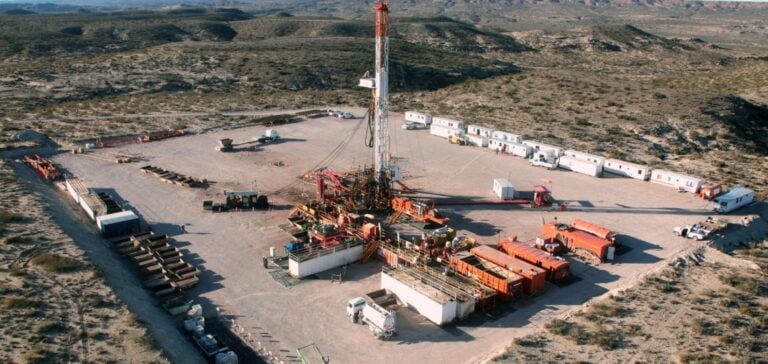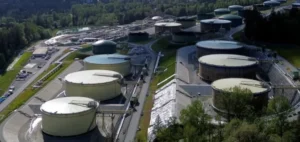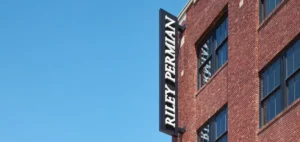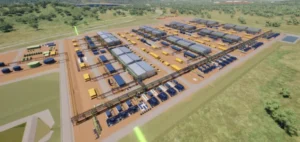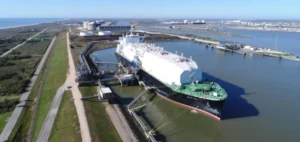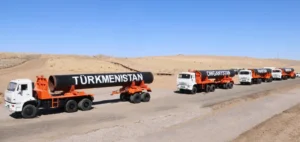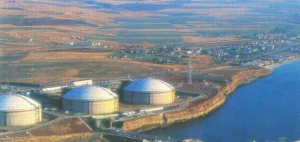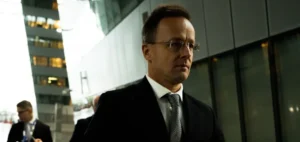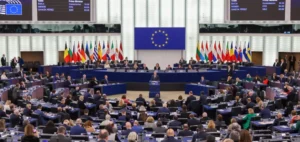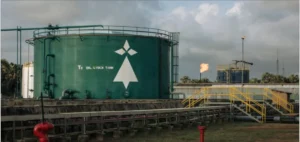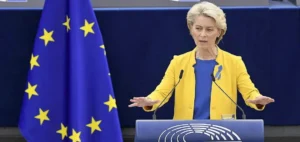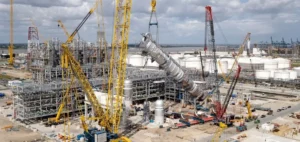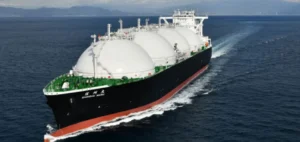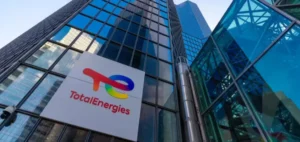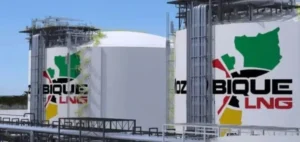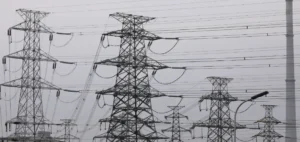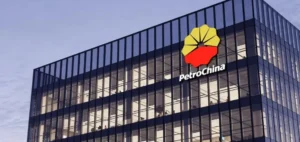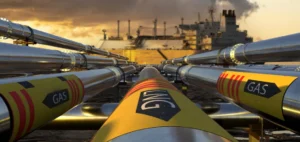Latin America is increasingly turning to the exploitation of unconventional oil and gas resources, according to a recent analysis by Wood Mackenzie. The report identifies two countries leading this strategic shift: Argentina, with projects already underway, and Mexico, which is entering a phase of technical and political consultation.
Vaca Muerta strengthens Argentina’s strategy
Argentina has focused its efforts on the Vaca Muerta formation, described by Wood Mackenzie as the largest shale oil project outside North America. The country aims to reach an export volume of one million barrels per day by 2027, prompting significant investment in transport infrastructure.
The North Hub site in the Vaca Muerta region currently produces 27,000 barrels per day. This area holds a growth potential of 280,000 barrels per day, provided pipeline capacity is expanded. According to Adrian Lara, Principal Analyst at Wood Mackenzie, this region could represent up to one-third of Vaca Muerta’s total production in the medium term, if undeveloped zones are brought online and agreements are reached regarding planned divestments by TotalEnergies and Equinor.
Mexico organises its strategy around unconventional fields
Mexico is targeting a production level of 1.8 million barrels of oil per day and 5 billion cubic feet of gas per day by 2030. These goals, considered ambitious, would be difficult to achieve using conventional resources alone, according to Wood Mackenzie experts.
The Agua Nueva formation, equivalent to the Eagle Ford shale in the United States, has been identified as the most promising area for Mexican shale gas development. This formation could produce up to 2.5 billion cubic feet of gas per day in an optimistic scenario. However, production volumes to date remain limited.
Development dependent on industrial capacity
The main obstacle to developing this segment in Mexico is the absence of a specialised supply chain, combined with infrastructure shortfalls. Ismael Hernandez, Analyst at Wood Mackenzie, noted that the country will first need to secure funding and develop the necessary industrial capabilities before considering large-scale production.
Argentina and Mexico view these resources as an opportunity to strengthen energy security, meet domestic demand, and increase export revenue. The development of Vaca Muerta sets a regional precedent that may influence Mexican political decisions.
According to Josh Dixon, Senior Research Analyst at Wood Mackenzie, the success of this shift will depend on several factors, including investment, technological advancement and the establishment of appropriate regulatory frameworks.


